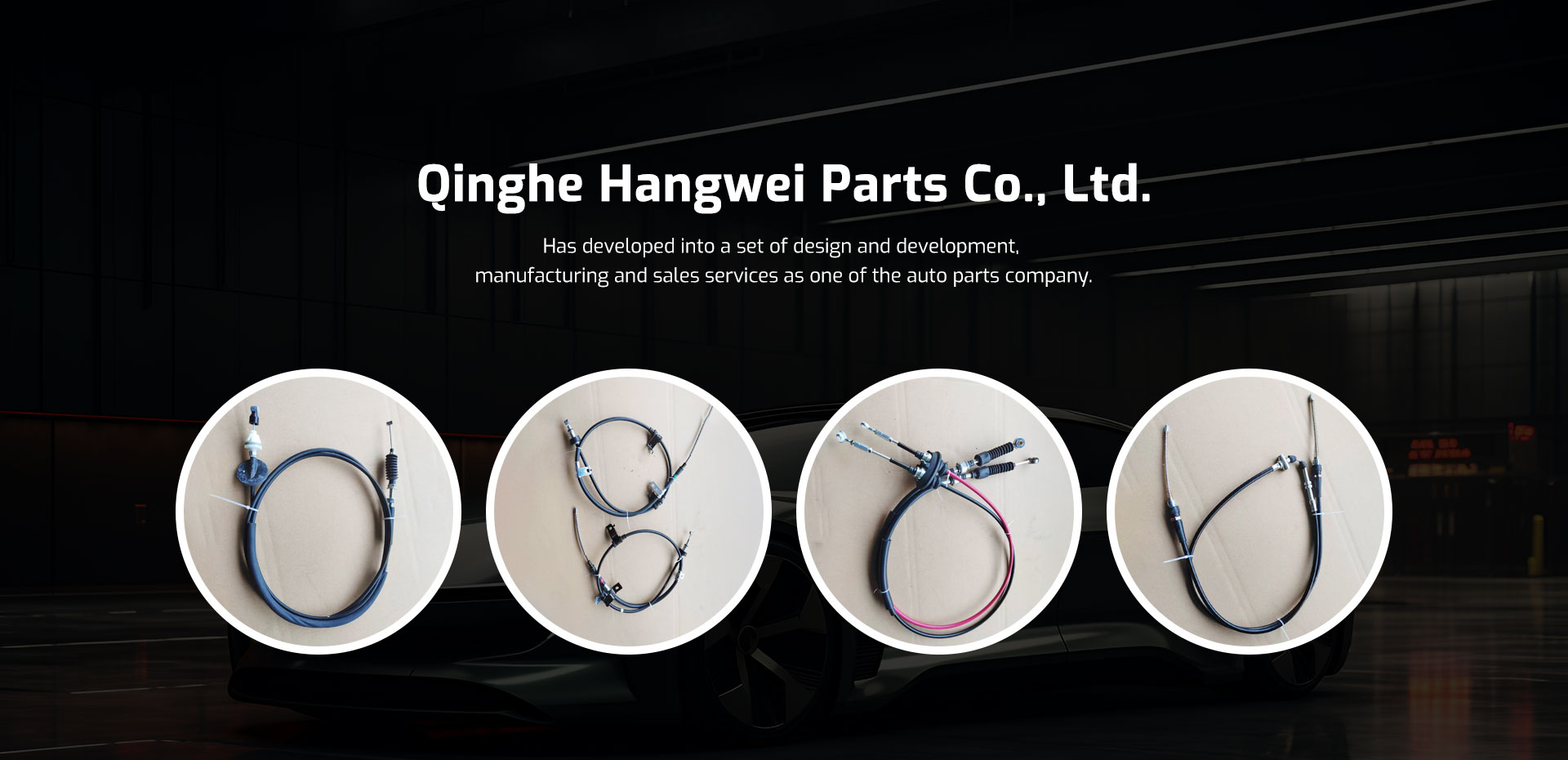How to Properly Adjust and Repair Your Throttle Cable for Optimal Performance
Fixing the Throttle Cable A Comprehensive Guide
When it comes to vehicle maintenance, one of the crucial components that often gets overlooked is the throttle cable. This thin but vital cable connects the accelerator pedal to the engine, facilitating the control of the engine's power output. A malfunctioning throttle cable can lead to poor acceleration, unresponsive throttle, or even dangerous driving conditions. If you're experiencing issues with your vehicle's throttle response, learning how to fix or replace the throttle cable could save you time and money.
Understanding the Throttle Cable
The throttle cable is usually made of high-strength steel wrapped in a protective outer casing. As you press the accelerator pedal, the cable pulls on the throttle valve in the engine, allowing more air and fuel into the combustion chamber. If this cable becomes frayed, stretched, or stuck, it can cause serious performance issues.
Common Symptoms of a Faulty Throttle Cable
1. Delayed Acceleration If it takes a moment for your vehicle to respond when you press the accelerator, it may point to a problem with the throttle cable. 2. Sticking Pedal A throttle cable that is not moving freely can result in a sticking accelerator pedal, making it impossible to control your speed effectively.
3. Unusual Noises A frayed cable or one that is improperly seated can produce strange sounds like clicking or grinding, indicating that it needs attention.
4. Check Engine Light In some cases, a malfunctioning throttle cable can trigger the check engine light, alerting you to potential issues.
Tools Needed for Repair
Before you start, gather the necessary tools
. You'll need- A socket set - Pliers - Screwdrivers (Phillips and flathead) - A replacement throttle cable (if needed) - Lubricant (if the cable needs adjustments or minor repairs) - Safety gloves and goggles
Steps to Fix or Replace the Throttle Cable
fixing throttle cable

1. Safety First Always ensure your vehicle is parked on a flat surface and the engine is off. Disconnect the battery to prevent any electrical issues during the repair.
2. Locate the Throttle Cable Open the hood and locate the throttle cable. This cable runs from the accelerator pedal to the throttle body on the engine.
3. Inspect the Cable Before replacing it, inspect the cable for signs of wear, fraying, or stiffness. If it appears damaged, it’s time for a replacement.
4. Remove the Old Cable Carefully detach the cable from the accelerator pedal and the throttle body. You may need to unscrew certain components to access the cable fully.
5. Install the New Cable Take the new throttle cable and route it according to the manufacturer’s specifications. Attach it first to the throttle body, then to the accelerator pedal. Make sure it is secured in all necessary brackets and is not pinched or kinked.
6. Adjust the Cable Some cables come with an adjustable feature. Make the necessary adjustments to ensure that the throttle responds correctly when you press the accelerator pedal.
7. Test the Action Before you reassemble everything, manually push the throttle to ensure it's moving smoothly. Adjust if needed.
8. Reconnect the Battery Once everything is secured, reconnect the battery and start the engine. Test the accelerator pedal to confirm it responds appropriately.
9. Finalize the Installation After testing, close the hood and make sure there are no loose ends. It’s always a good idea to take a short test drive to ensure everything is functioning correctly.
Conclusion
Fixing or replacing a throttle cable might seem daunting, but with the right tools and knowledge, it's a manageable task for any DIY enthusiast. Regular maintenance of this component can prevent larger issues down the line and ensure your vehicle operates safely and efficiently. However, if you ever feel out of your depth, don’t hesitate to consult a professional mechanic.
-
Workings of Clutch Pipe and Hose SystemsNewsJun.04,2025
-
The Inner Workings of Hand Brake Cable SystemsNewsJun.04,2025
-
The Secrets of Throttle and Accelerator CablesNewsJun.04,2025
-
The Hidden Lifeline of Your Transmission Gear Shift CablesNewsJun.04,2025
-
Demystifying Gear Cables and Shift LinkagesNewsJun.04,2025
-
Decoding Clutch Line Systems A Comprehensive GuideNewsJun.04,2025
